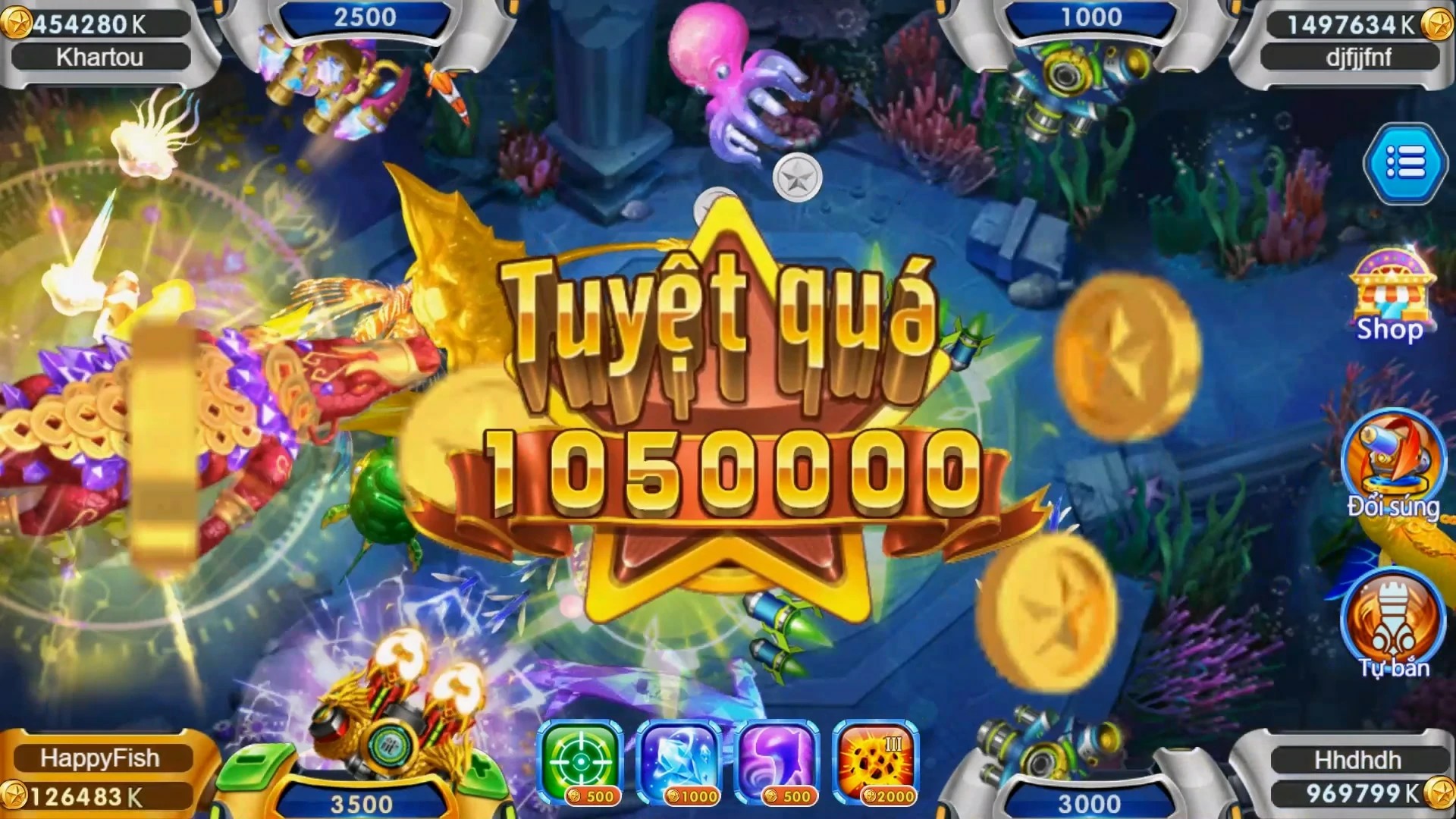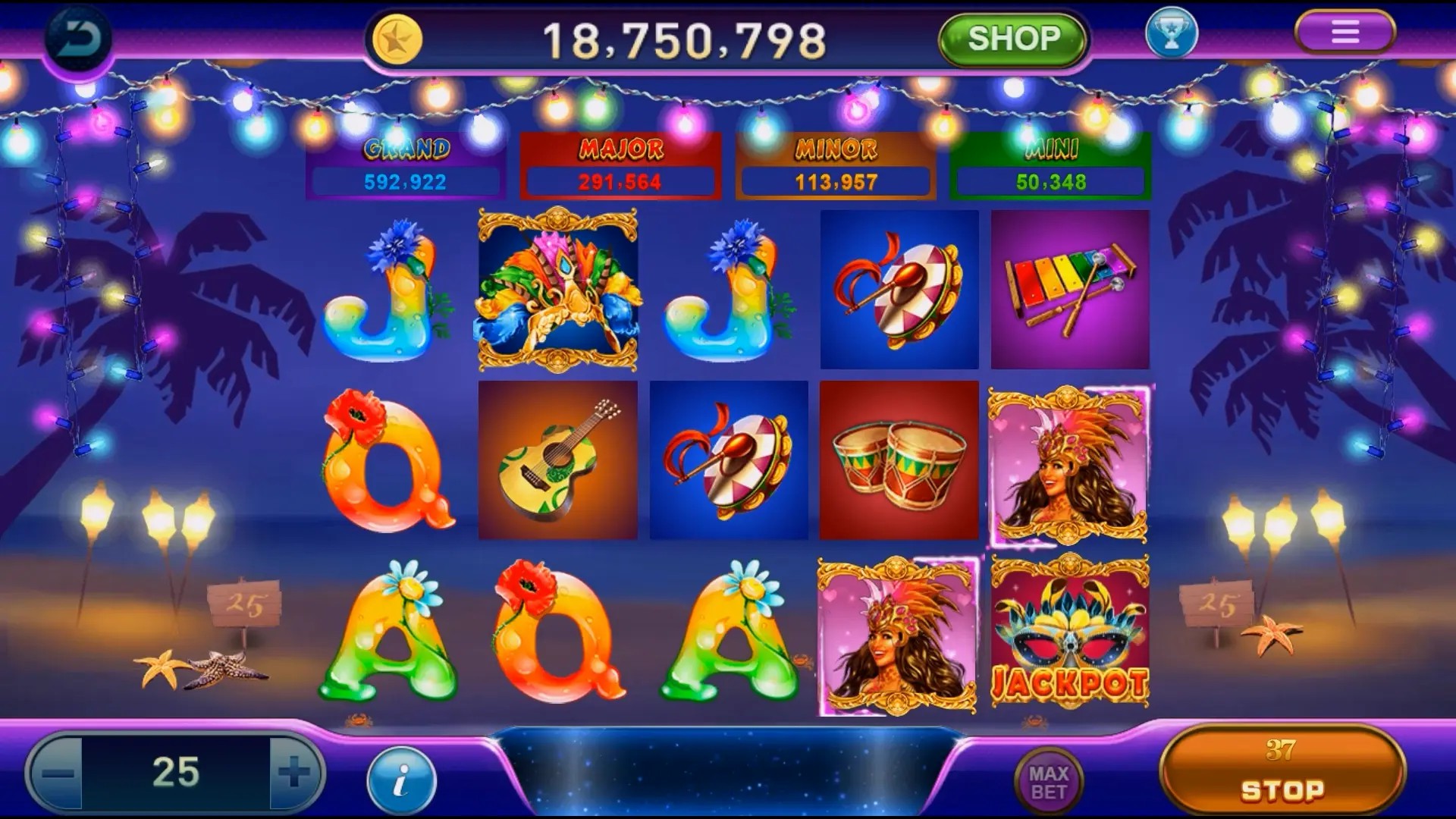How Building Games Are Revolutionizing the RPG Experience: A Creative Fusion You Didn't See Coming
In recent years, the gaming industry has witnessed a significant transformation. Players are no longer satisfied with merely following a storyline; they crave the ability to shape their worlds. Enter building games, a genre that has seamlessly intertwined with traditional RPG games, leading to an unprecedented fusion that changes how we experience role-playing games. This article delves deep into how building games are revolutionizing the RPG landscape and what you need to know.
The Allure of Building Games
What draws players to building games? There's something inherently satisfying about creating, constructing, and molding a virtual environment according to one’s own vision. Just as in the popular series "10 Minute Power Hour" by Game Grumps, where creativity intertwines with entertainment, players in building games can let their imagination run wild while also engaging in a casual and entertaining way. Here are a few reasons why building games have become so popular:
- Creative Expression: Players can express their individuality and creativity.
- Endless Possibilities: The freedom to create provides an open-ended experience.
- Community Engagement: Building games often encourage sharing creations with friends or online communities.
The Fusion: Building Games and RPGs
Building games and RPGs seem like an odd couple at first glance. RPGs are predominantly narrative-driven, while building games thrive on creativity. However, the merging of these two genres creates a richer gameplay experience.
For instance, many modern RPGs now incorporate building mechanics, allowing players to not only level up their characters but also build their own towns, shops, or even entire realms. This fusion of building and role-playing alters objectives and enhances player engagement.
Innovative Mechanics in RPGs
Developers are increasingly adopting innovative mechanics from building games to enrich RPG gameplay. Here’s a table illustrating some key features developers are integrating:
| Feature | Description | Example Game |
|---|---|---|
| Building Structures | The ability to construct homes, shops, etc. | Final Fantasy XIV |
| Resource Management | Gathering materials to aid in building and crafting. | Breath of the Wild |
| Customizable Characters | Design characters with unique abilities and roles. | Stardew Valley |
Case Study: Minecraft and its RPG Elements
One of the most significant examples of how building elements can enhance the RPG genre is Minecraft. This game has set a standard for playground creativity and exploration.
Within Minecraft, players embark on quests, gather resources, and craft everything from weapons to castles. The RPG aspects of the game come through in its survival mode, where players must manage their health and hunger while battling enemies. The optional story modes add further depth, demonstrating how building games can naturally integrate into RPG-style environments.
Player-Centric Models
The shift toward player-centric gameplay is evident in how builders can create their own content. Many RPGs have adopted systems that allow players to craft their quests or modify the game environment significantly. For example:
- Mods: Creating mods has led to dynamic new gameplay.
- Player-Generated Content: Players can design and share custom challenges.
Challenges in Integration
While the integration of building mechanics into RPGs holds tremendous potential, it doesn’t come without challenges. Developers need to strike a balance between free-form creativity and a structured narrative. Here are some common challenges:
- Game Balance: Ensuring that player freedom doesn't disrupt game balance.
- Technical Issues: Building games can demand more computational resources, which can lead to performance issues.
The Future of RPGs and Building Mechanics
This adjacency between building games and RPGs opens the floodgates for innovation. Players are starting to demand more engaging worlds where they can contribute rather than just consume content. This demand will push developers to explore:
- Advanced AI for producing responsive environments.
- Cross-genre mechanics that further blur the lines between gaming categories.
Conclusion
The fusion of building games and RPG games is not just a trend; it’s a transformative evolution in the gaming landscape. This creative synergy enhances player engagement while giving them a sense of ownership over the narrative and world-building, a satisfaction that traditional RPGs often lack. As we look forward, many gamers are excited about what new experiences await—more stories to craft, worlds to build, and adventures to embark upon. The revolution is just beginning, and perhaps, you too should take part in this exciting journey.



